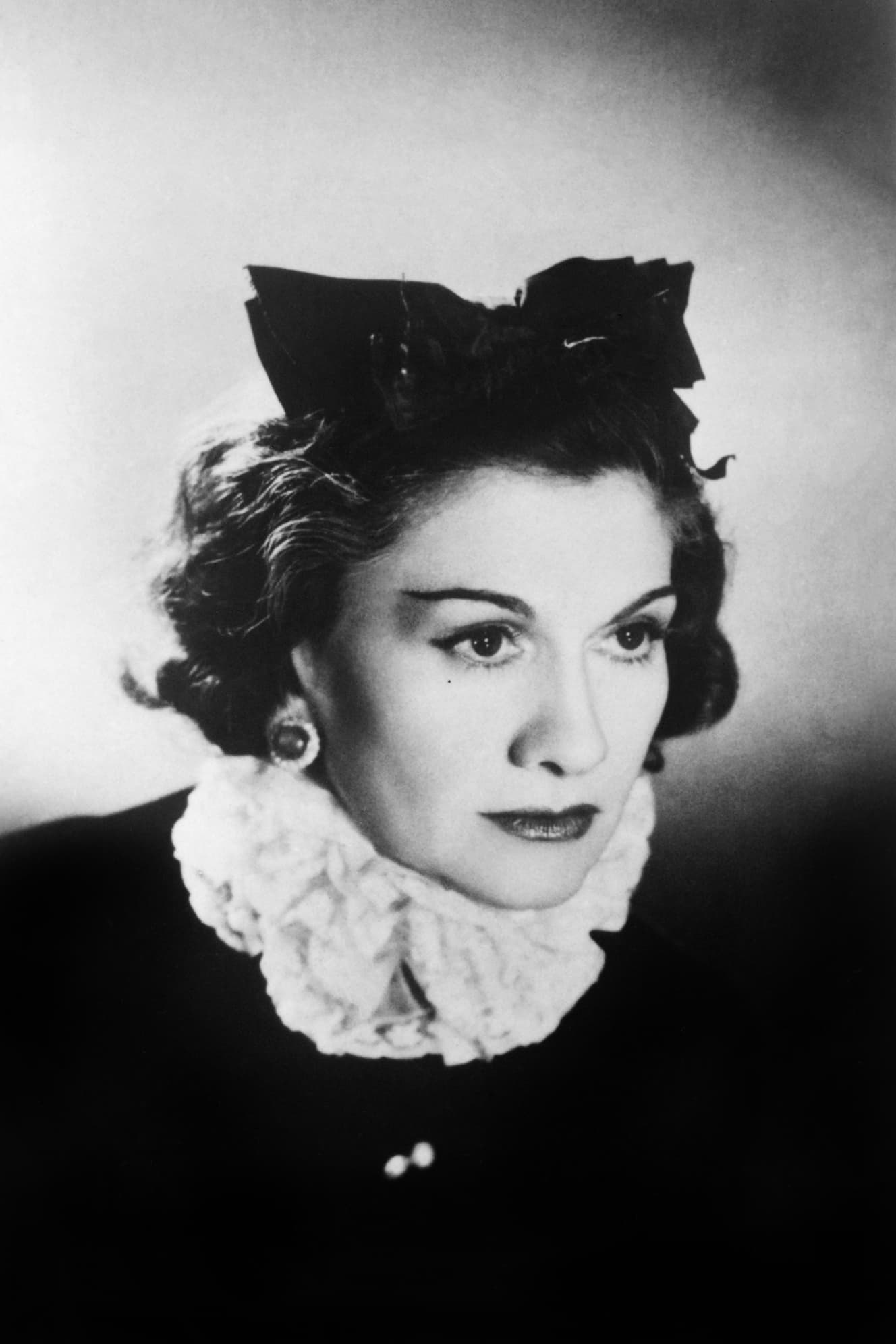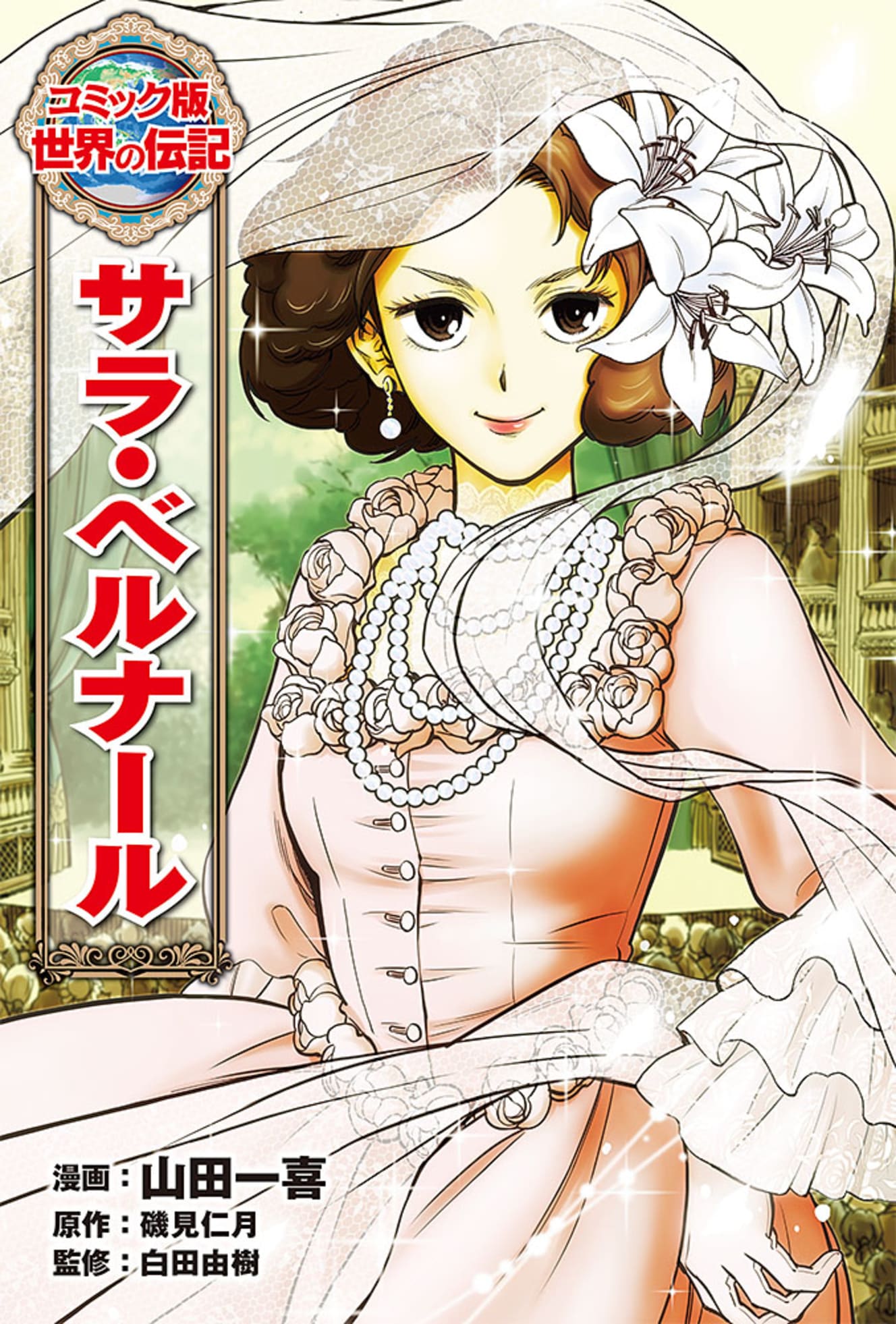A look behind the scenes at how biographies are selected by publishers
Japan ranks 120th in the world in the “Gender Equality Ranking 2021″…
When you are a child, you have probably read at least one biography. When you hear the word “biography,” the people that come to mind are probably Edison, Nightingale, and Hideyo Noguchi. However, in recent years, more and more women have been included in the lineup of biographies.
One notable example is Poplar Publishing’s “Comic Book World Biographies” series. For example, among the first 20 books published in 2012, there are eight women: Anne Frank, Nightingale, Helen Keller, Madame Curie, Mother Teresa, Jeanne d’Arc, Ichiyo Higuchi, and Coco Chanel.
Among the 49 books already published to date are Queen Elizabeth I, Cleopatra, Marie Antoinette, Grace Kelly, Clara Schumann, Maya Plisetskaya, Yekaterina II, Agatha Christie, Mary Anning, Maria Theresa, Emmeline Pankhurst, and In addition to Kinue Hitomi, there are thirteen others, including Sarah Bernhardt, a new addition this month. In all, 21 out of 49 books, or over 40%, are written by women.
This is quite a feat for a Japanese publication, which is ranked 120th in the world in the “Gender Equality Ranking 2021. We asked Poplar about the criteria for the “selection.
“The people who worked on the first issue are no longer in the department, but at the time, biographical comics were being published by other companies, but not by Poplar, so we thought we’d give it a try. I heard that this project was launched because there was already a “History of Japan in Comics”.
While Poplar Publishing has been producing a new series of biographies every ten years since the 1960s, the lineup for this series is “Look at this person! Rekishi wo Tsukutta Hitobito Den (2009) and other books that have already been published.


“Along with Helen Keller and Nightingale, Coco Chanel is a popular figure.
In particular, in the first period, the percentage of women seems to be high, but in fact, the most popular biographies are the “standard” ones: Edison in volume 1, Anne Frank in volume 2, Nightingale in volume 3, Helen Keller in volume 4, Hideyo Noguchi in volume 5, and Madame Curie in volume 6, plus Mother Teresa in volume 8. In such a situation, the 19th volume, “Coco Chanel,” is unique.
“Since Poplar is a latecomer to the biographical comics market, we decided to include a different character as our selling point. In fact, “Coco Chanel” is the second best-selling book after the classic “Coco Chanel”.
Against the backdrop of a declining birthrate, the “biography” market is competing for a limited pie. Mr. Otsuka explains that the criteria for selecting a new author include “whether there are similar books by other companies,” “whether the author would sell well even if there are similar books,” and “whether the similar books are old and there is a possibility that if the author were to rewrite the book now, it would overtake the old book and capture the market.
In the second phase of the series, to be published in 2016, “I heard that the lineup centered on ‘creators'” (Sachiko Nabeshima, Editor), and while the works of Eiji Tsuburaya, Shotaro Ishinomori, Grace Kelly, Hokusai Katsushika, and Agatha Christie are familiar, the lineup is a bit new for a “biography. But as a “biography” it is a bit new. Incidentally, Poplar Publishing was the first to publish “Walt Disney” (25 volumes), and Kadokawa Shoten was the only other company to publish it after that.
By the way, I’m a little curious about the fact that the book title of Madame Curie published in 2012 is “Madame Curie,” but the Schumann published in 2016 is “Clara Schumann.
I don’t know what people were thinking when the book was published in 2012, but I think one reason is that the name “Marie Curie” was already established. One reason is that the name “Madame Curie” was already well established, and in 2012 there was still Marie Curie, and Madame Curie was an acceptable name. If I were to write it now, it would be ‘Marie Curie,’ not Madame Curie.

Women’s suffrage activist, paleontologist… I want to convey her as a role model for women’s life.
In the second phase of the project, there are also some people whose names are not immediately recognizable, such as Maya Plisetskaya, Mary Anning, and Emmeline Pankhurst.
“The reason I chose Maiya Plisetskaya was that I hadn’t yet dealt with ballerinas as a profession. Most of the biographies of ballerinas in learning manga by other companies dealt with Anna Pavlova, so I chose a ballerina who was closer to the time period and had a higher reputation, since she was a latecomer to the series.
Also, Mary Anning as a fossil collector and paleontologist by profession. We chose Emmeline Pankhurst as someone whose picture is in the textbooks on the theme of women’s suffrage to raise awareness of the status of women.
Another athlete, Kinue Hitomi, is the only one selected.
“Kinue Hitomi was published in April 2020, just in time for the Olympics, although it was postponed. At the time, there was a tendency of prejudice and discrimination against women playing sports, but I chose this book because I wanted to convey her as a role model of how women should live, as someone who desperately stood up to the prejudice and discrimination and contributed to improving the status of women.
By the way, another thing that is interesting to me is that all the works depict the person until their death. Why is this?
“Other companies publish biographies of people who are still alive, such as Hideki Matsui and Zenji Hanyu, but we limit ourselves to the deceased.
The reason for this is that, although it may be a misnomer to say it this way, deceased people are those whose reputation has already been established. The reason why Kinue Hitomi is the only athlete in our lineup is that in the case of athletes, most of the popular people are still active.
Another reason for the relatively large number of women in the lineup is the influence of the readership.
“Nabeshima says that another reason for the relatively large number of women in the lineup is the readership: “‘History of Japan’ focuses on warlords, so it probably attracts a lot of boys for reasons such as ‘coolness,’ while ‘World Biography’ has a lot of girls.
What kind of people or genres would you like to focus on in the future?
“I’m looking for people whose occupations are popular among women who could be featured as great figures. I’m looking for people whose professions are popular among women and who could be featured as a great person, but it would be easier to make a book if they were the first woman to do so.
I’ve already done a lot of work on the standard people, so I’m researching a lot of people. It’s surprisingly difficult to summarize what a person did in 100 pages in an easy-to-understand way for elementary school students, and it doesn’t matter who it is because of their achievements.
Interview and text: Wakako Tago
Born in 1973. After working for a publishing company and an advertising production company, she became a freelance writer. In addition to interviewing actors and actresses for weekly and monthly magazines, she writes drama columns for a variety of media. JUMP 9 no Tobira ga Openitoki" (both published by Earl's Publishing).